
We independently review everything we recommend. When you buy through our links, we may earn a commission.
8.2 oz. (232 g) for a US M9 (Unisex sizing)
35 mm in heel, 29 mm in forefoot (6 mm drop)
One shoe to do it all
TPEE reflective weave upper, TPE supercritical midsole, full-length carbon fiber plate
$120
THOMAS: Part carnival barker, part sincere empath, Atreyu founder Michael Krajicek sometimes comes off as accessible yet elusive. What you come to realize is he isn’t a mystery. He’s a straight shooter to a fault. You never have to guess what Atreyu is thinking. Between Michael’s updates on Instagram, behind-the-shoe/brand/man looks on YouTube, and writing messages on the actual running shoes, Atreyu may be the most transparent running shoe company out there.
As a small and scrappy brand based out of Austin, Texas, Atreyu does all it can with what it’s got. Kenyans aren’t providing feedback on the trainers, they don’t have VO2 labs and compression machines putting the foams through rigorous, repetitive trials. Atreyu doesn’t have a dedicated department that meets to review designs and plan market launches. It’s basically Mike and a handful of employees/friends trying stuff out and tweaking things to produce a shoe they like running in.
I’m curious if Mike’s approach makes the teams at major running companies seem bloated or if Atreyu could benefit from a more systematic approach to building running shoes. Atreyu makes shoes that are good enough to pay attention to at a price point that reflects the streamlined process of R&D.
Mike creates his products by being a student of the running shoe industry. He knows his foams, geometries, and materials. The shoes he designs are to his taste, and he hopes you will like them too. The Atreyu Race Model is priced at $120, making it $130 less than the godfather Nike Vaporfly. Would you rather have two pairs of the Race Model or one pair of mainstream plated racers?
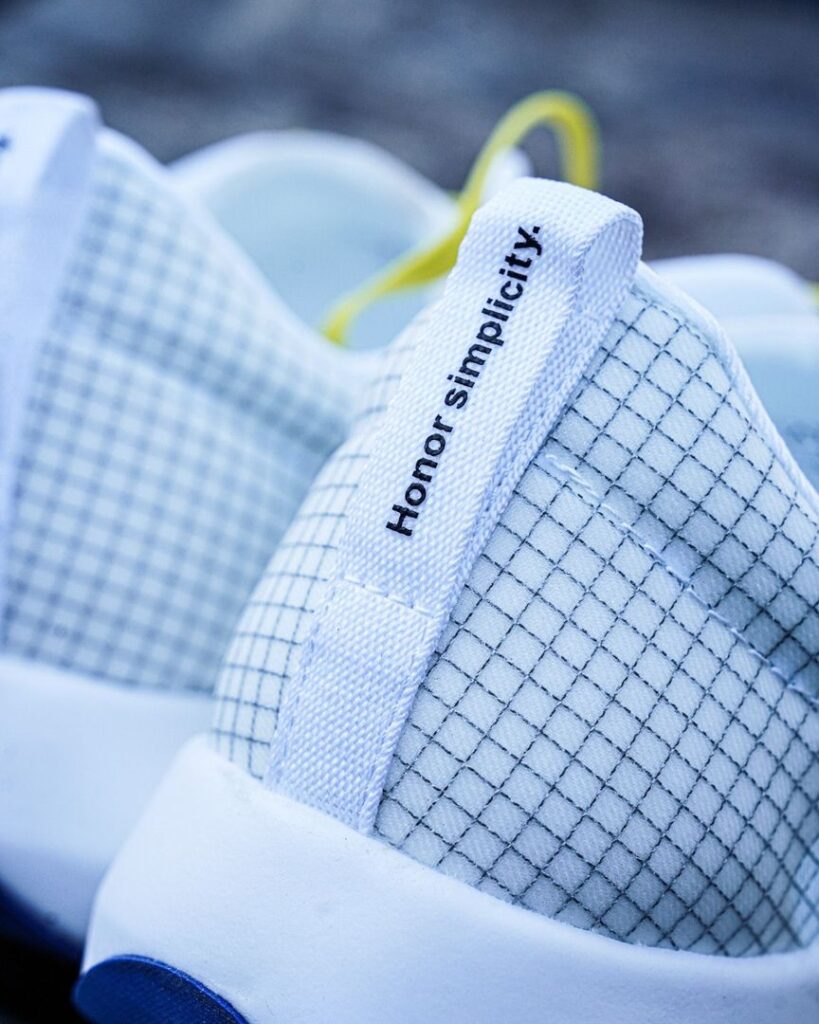

ROBBE: Welp, Thomas laid out the history and personality of Atreyu Running Company, which is largely formed around the outsized personality of its founder Michael Krajicek. Part shoe nerd, part folk hero, the dude is one of my favorite people in the industry because he’s one of the real ones. There’s no smoke and mirrors and bullshit around who he is and what he’s doing. It’s refreshing. Also, he sold a successful hot dog stand and used that money to fund Atreyu, which is about the best business arc I could imagine.
Since Atreyu started rolling out their no-frills shoes in 2020 (they started a month before the pandemic, and somehow they’re still here), they’ve focused on providing a stripped-down running shoe that lets runners just, well… run. Personally, I’ve always been a little “meh” on the shoes myself, from the Base Model to Daily Trainer, but I 100% get why people love them. The shoes do the job they’re supposed to do, and Atreyu is a cool underdog brand that everyone wants to root for. Look, I’m perpetually rooting for them too. And I get why their fanbase loves the product. But personally, I’ve always wanted a bit more structure to an upper, maybe more of a performance feel. Just a bit… more.
Which is where the Race Model comes in. It’s the “more” shoe in the Atreyu lineup, taking parts of past models, elevating them, and throwing it all together in a race-ready package that’s half the price of its other carbon-plated counterparts.
The main ingredients in this shoe are the injection molded TPE midsole, an improved heel counter with unidirectional friction fabric, a full-length carbon fiber plate, and a more structured TPEE reflective weave (i.e. ripstop-style) upper. There’s a lot going on, and it deserves to be talked about. So let’s talk about it.
THOMAS: The Race Model looks the part with a translucent TPEE reflective weave upper and a fat stack of TPE foam. Even if it didn’t have “Race Model” stitched on the side, you’d know that pushing the pace is in the shoe’s DNA. This model has upgraded features like the gusseted tongue and a well-structured heel counter lined with unidirectional friction fabric. All these details help give the shoe a functional lockdown and a sporty fit. Besides a reinforced lace welding and toe cap, there is little to the upper’s design—my US M10.5 fit perfectly true to size.
The midsole is a TPE supercritical foam with a carbon plate embedded borders on squishy and reminds me of the FuelCell foams used in the New Balance Rebel v2 and the SC Elite v3. A full-length carbon plate is sandwiched in the midsole to make the shoe pop. Die-cut rubber finishes off the the outsole. The traction was suitable on several surfaces. One interesting thing to note is the concave section of foam on the bottom that can create some suction when walking on smooth surfaces.
My miles in the shoe were enjoyable, and my legs felt fresh post-run. The level of cushioning feels right, and the fit is outstanding.
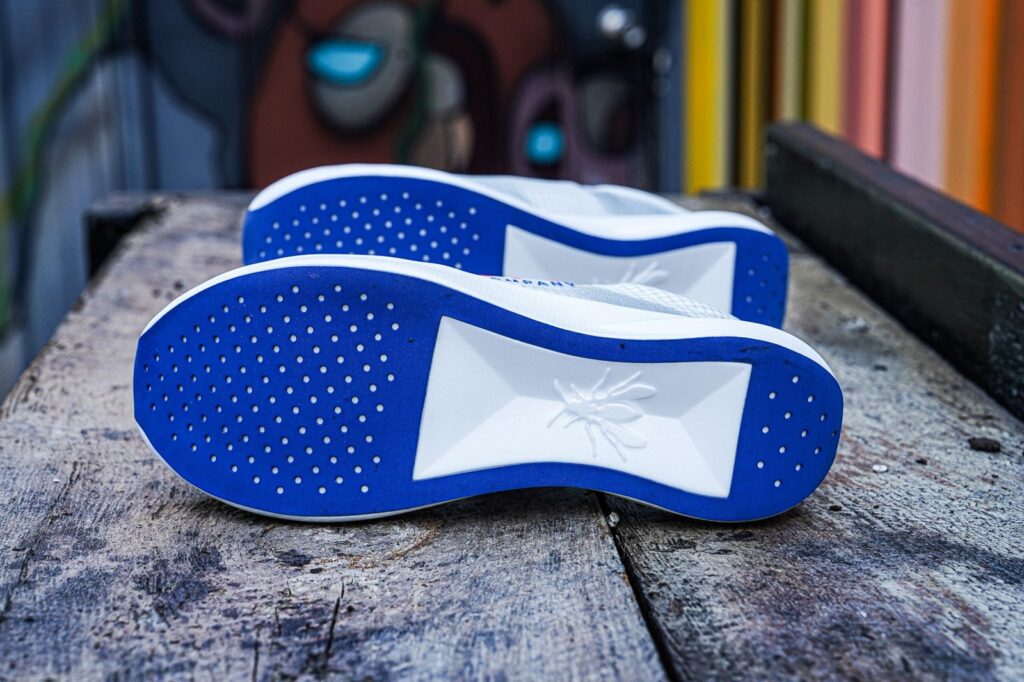
ROBBE: When we got the Atreyu Daily Trainer earlier this year, I loved the ride of the shoe out of the box. I thought it was a perfect balance of cushion and responsiveness, especially for a $110 shoe. However, I just could not get on with the upper. I felt the lack of structure became an issue on the run, with my foot sliding around and generating hotspots even on 6-mile jaunts. Suffice it to say, I was a bit nervous about the same thing happening in the Race Model. I’m happy to say it was quite the opposite.
The ripstop-style upper on this shoe is translucent, so make sure you keep your sock game strong. But more importantly, it’s pretty much a perfect fit, especially if you have a narrow foot (or what I call a “Nike foot”). The lateral and medial gussets keep the foot over the shoe, and the new TPU weave is more structured than past Atreyu uppers. It’s snug through every part of the foot, which makes for a great race-day fit. I also appreciated the friction fabric around the heel collar, which helps keep the foot in place. Needless to say, I experienced no movement or heel lift while on the run.
Moving onto the ride, the supercritical TPE midsole is soft yet bouncy and much softer than its predecessor, The Artist. On the run, the moderately high stack of foam provides enough cushion to keep the legs fresh but compresses enough against the carbon fiber plate that it provides some ground feel. The sensation feels similar to the New Balance Rebel v3, New Balance SC Elite v3, or even the Saucony Endorphin Speed 2. I took the shoe on several runs with pickups in the middle and an 11-mile long run and felt good through all of them.
Die-cut rubber covers a pretty large swath of the outsole and provides above-average grip.
What I really, really love about this shoe is that it’s a true Swiss Army knife. We’ve given that designation to a few shoes this year, namely the New Balance SC Trainer v2, Asics Superblast, and the Saucony Kinvara Pro (kind of). This shoe can do most of what those other shoes do but at a much lower price point. For my own personal preference, I think it leans more towards a lightweight daily trainer than a race day shoe, but it can definitely work as a race shoe if you’re not wanting to drop the standard $250. It’s light enough and gives great energy return, allowing it to facilitate faster paces for long distances.
Shop Atreyu Running Shoes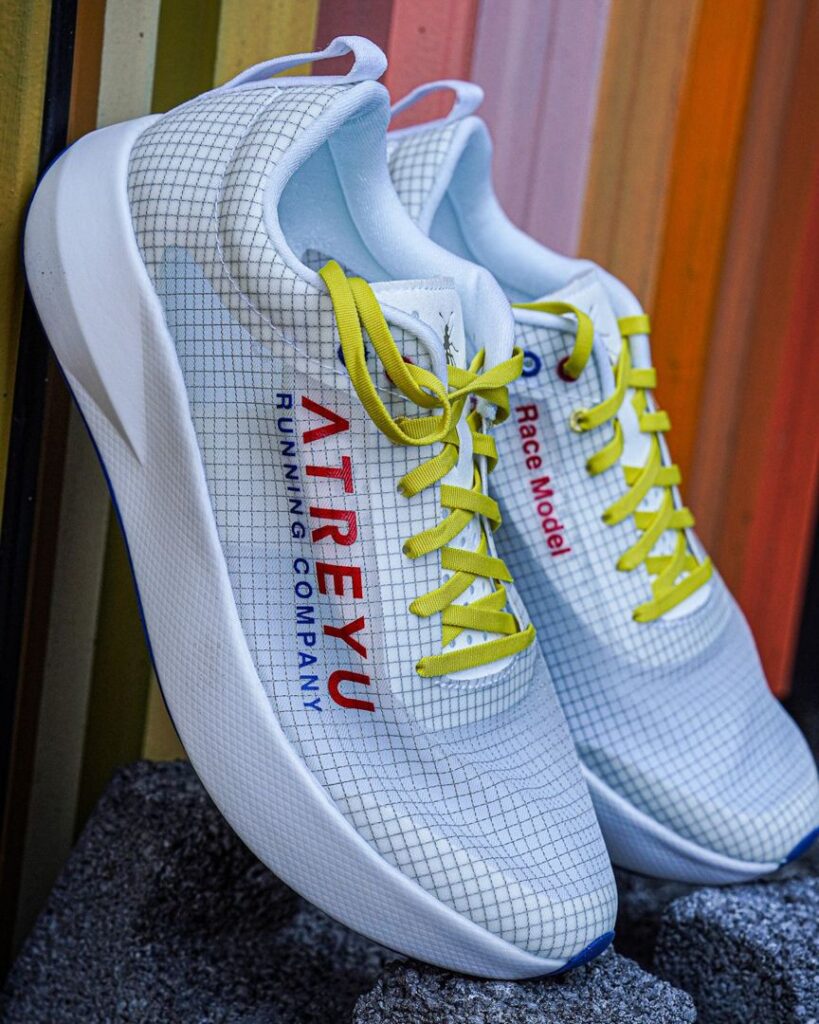

THOMAS: The fit is a race-day fit and will only work for some of the wide-foot fams. Atreyu provided our Wide Foot Jarrett with a pair, and it wasn’t working for his bricks.
I wished the shoe had more character in the midsole. I like a pronounced arch and pivot point near the forefoot for faster toe-off. In general, I wanted the shoe to feel more aggressive. I tried to feel the plate in the shoe, and I wasn’t feeling it.
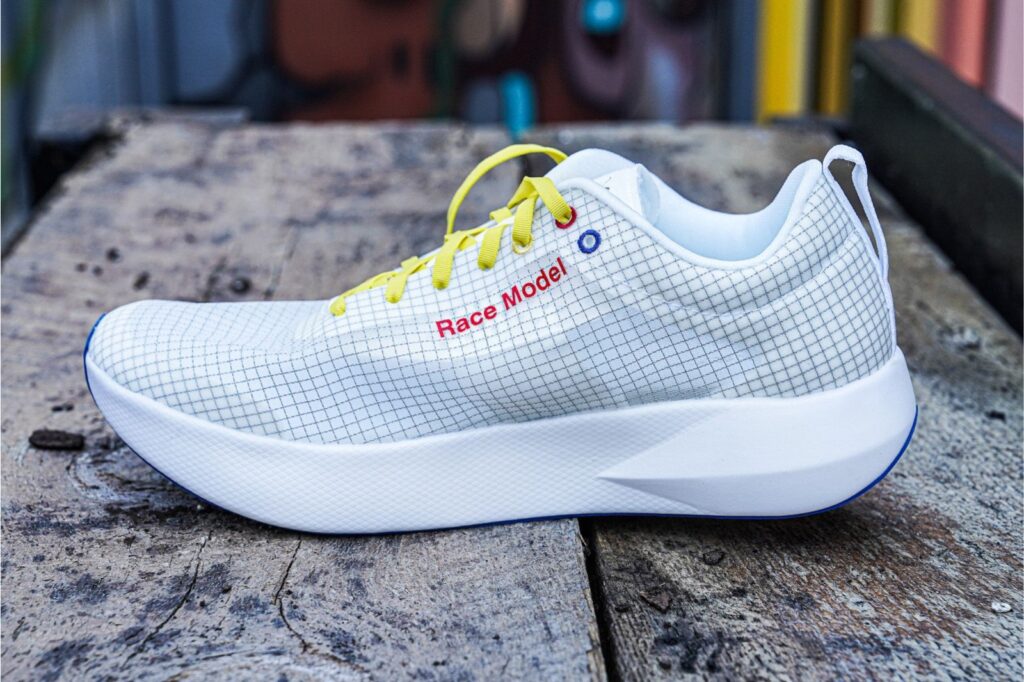
ROBBE: This isn’t a bad thing, it’s just an “adjust your expectations” kind of thing. The Race Model can definitely be used on race day. But it really depends on your race-day preference and your willingness to admit that it’s a $120 shoe and not the Nike Vaporfly.
At 8.2 oz. (232 g) for a US M9, it’s not exactly “daily trainer” heavy, but it’s one of the heaviest race day shoes out there. This is mostly thanks to the heavier TPE midsole and generous rubber outsole. If it ain’t Pebax, it ain’t featherlight. On the run, this 0.3 ounces isn’t super noticeable, but it exists.
Again, the midsole has some generous bounce, but it’s also fairly unstable. Since I’m a “just like to run” runner who avoids core strengthening and other methods of improving my body at all costs, I found that the instability of the midsole ran right up the leg chain, making me wish I’d commit that 5 minutes a day I keep saying I’ll do.
The drop-in style carbon plate helps stabilize the midsole, but other than that, I don’t feel like it does much, even though it is spoon-shaped. I prefer at least a mild rocker or something to give this a more aggressive race-day feel, but the shoe almost feels like a slab underneath. In a way, it’s almost like the shoe has one speed, or at least feels like it does. That doesn’t make it the ideal race day shoe, but it may make it the ideal do-it-all shoe and a real steal at $120.
So if you’re looking for an elite race day shoe at $120, well… that’s a dumb thing to do.
Lastly, I hate the laces on this shoe. They feel cheap, like when someone gives you a dead-fish handshake. Really frustrating to tie a runner’s knot as well because they’re a bit short.
Shop Atreyu Running ShoesTHOMAS: For $120, this shoe is a great budget race day shoe. However, if I objectively compare it to other brands’ race day shoes, the Atreyu Race Model comes up short. Peba-based foams have proven themselves in the market and on the roads. TPE foams come up short with less bounce and a bit more weight. Speaking of weight, the Race Model is on the heavier side of the race day scale. It’s still nice and light but weighs an ounce more than the Vaporfly. If you don’t think that matters, hold your hand out straight, put your palm to the sky, and put the Race Model in one hand and the Vaporfly in the other. Now, try to hold them perpendicular to your chest for the time it takes you to run a marathon.
Before you write the shoe off, the Race Model is a rad daily runner. Again, with a $120 price tag, you can pick up a shoe to do it all. The 30+ miles I put on the shoe before this review put some creases in the foam, but other than that, the trainer is in good shape. In our experience, TPE foams also have the longevity to handle 300 miles.
I loved the New Balance Rebel v2, and this shoe could be its cousin. If you liked that shoe, you would love the Atreyu Race Model. One other shoe I would compare it to would be the Puma Deviate Nitro Elite. The two shoes share a lot of ingredients.
In conclusion, the Race Model can be an option for racing. Being a one-shoe solution for all your training is where you will find the most value. The Race Model is a fun shoe to run in.
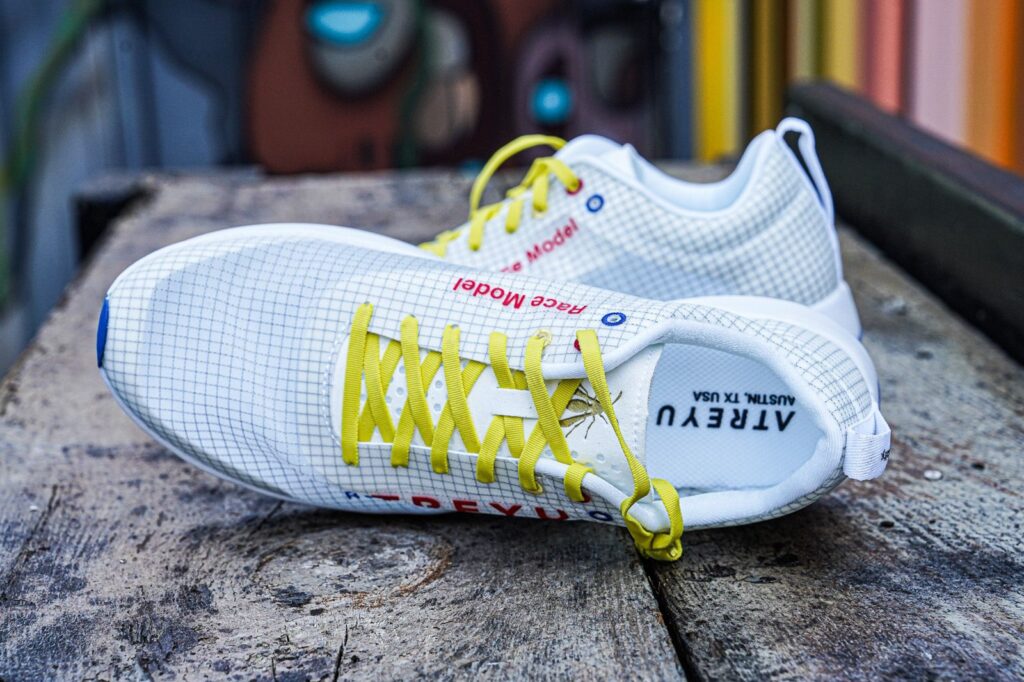
ROBBE: At $120, you’re getting some really nice features that are usually found in much higher-priced shoes. I suspect Atreyu is trimming the profit margins about as slim as they can go and can only do so because this is a direct-to-consumer shoe. Michael’s always been pretty upfront about his vision, his business model, and keeping the customer in mind, which is a rare thing to find in the shoe industry or, really, any business. But there is no question the dude cares about his customers, and that caring begets loyalty in return.
So while I don’t think the Race Model is on the same level as the top-tier race day shoes, I think it’s a hell of a bargain at its price point, especially since it can do most everything you ask it to. I think that’s exactly what this shoe should be because that’s exactly what the average Atreyu customer is looking for. In the Race Model, you really are getting everything you need and nothing that you don’t, resulting in a premium shoe experience for the average consumer. So while it probably won’t break any records, it also won’t break the bank.
You can pick up the Atreyu Race Model for $120 in mid-October directly from Atreyu using the button below.
Shop Atreyu Running ShoesHave something to say? Leave a Comment
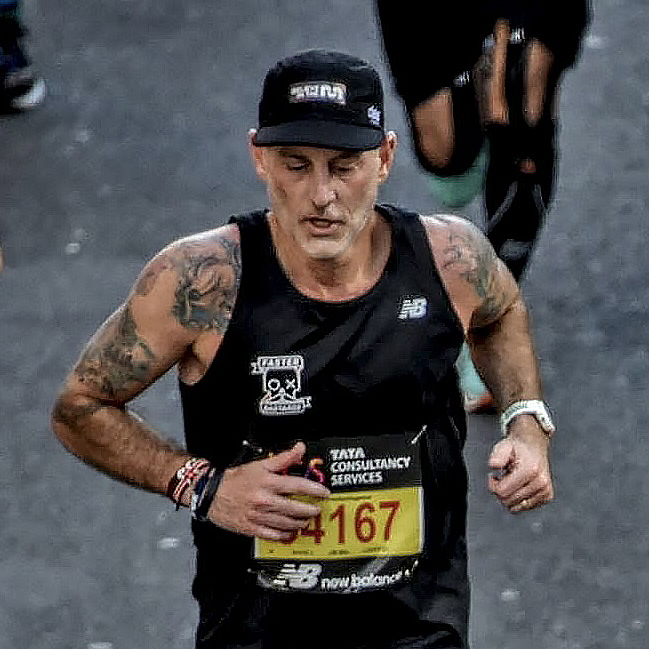
As the founder of Believe in the Run, Thomas’s goal is to help runners pick the shoes and gear that will make their running experience the best that it can be.
More from Thomas
Robbe is the senior editor of Believe in the Run. He loves going on weird routes through Baltimore, finding trash on the ground, and running with the Faster Bastards. At home in the city, but country at heart. Loves his two boys more than anything. Has the weakest ankles in the game.
More from Robbe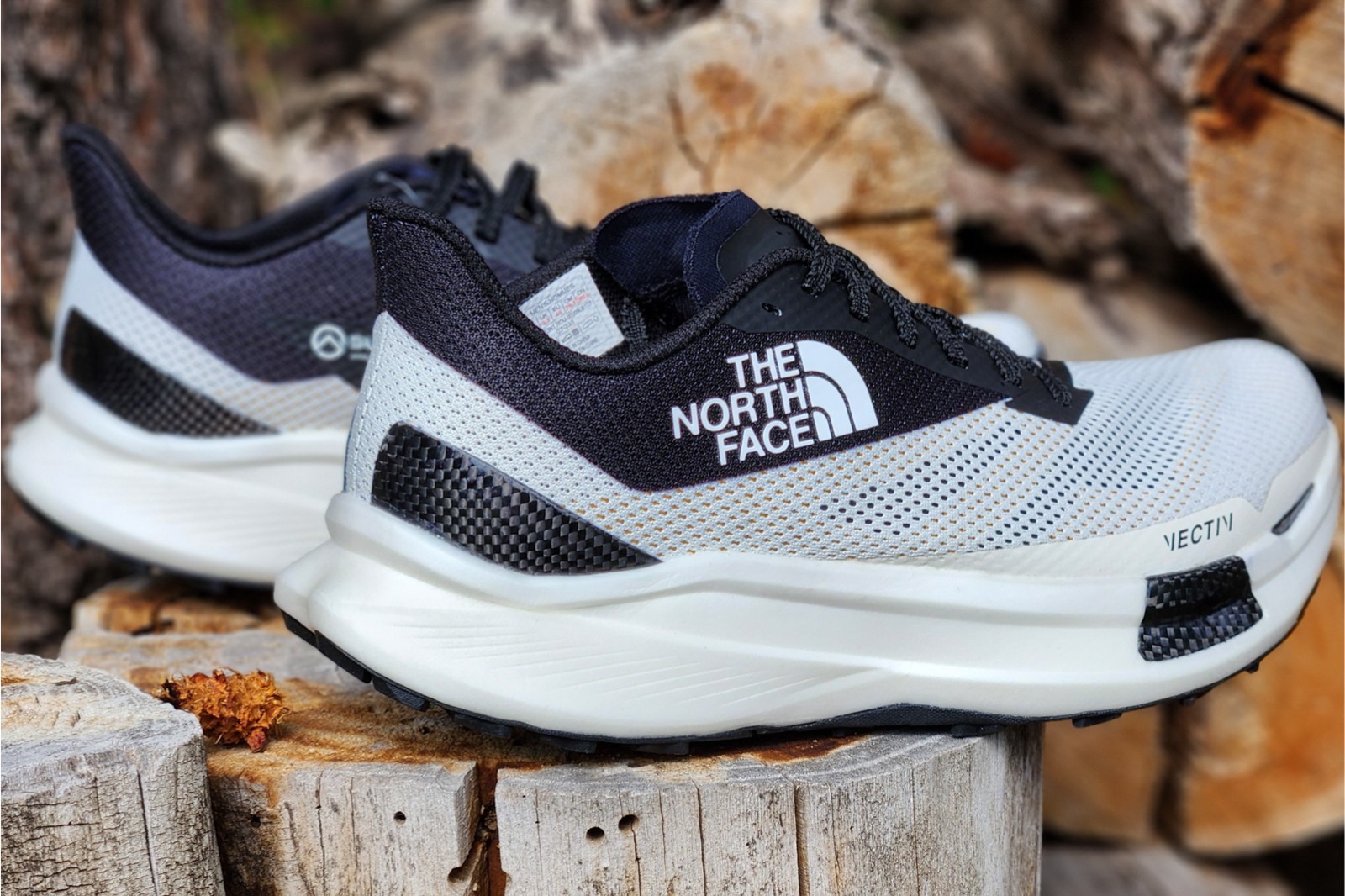
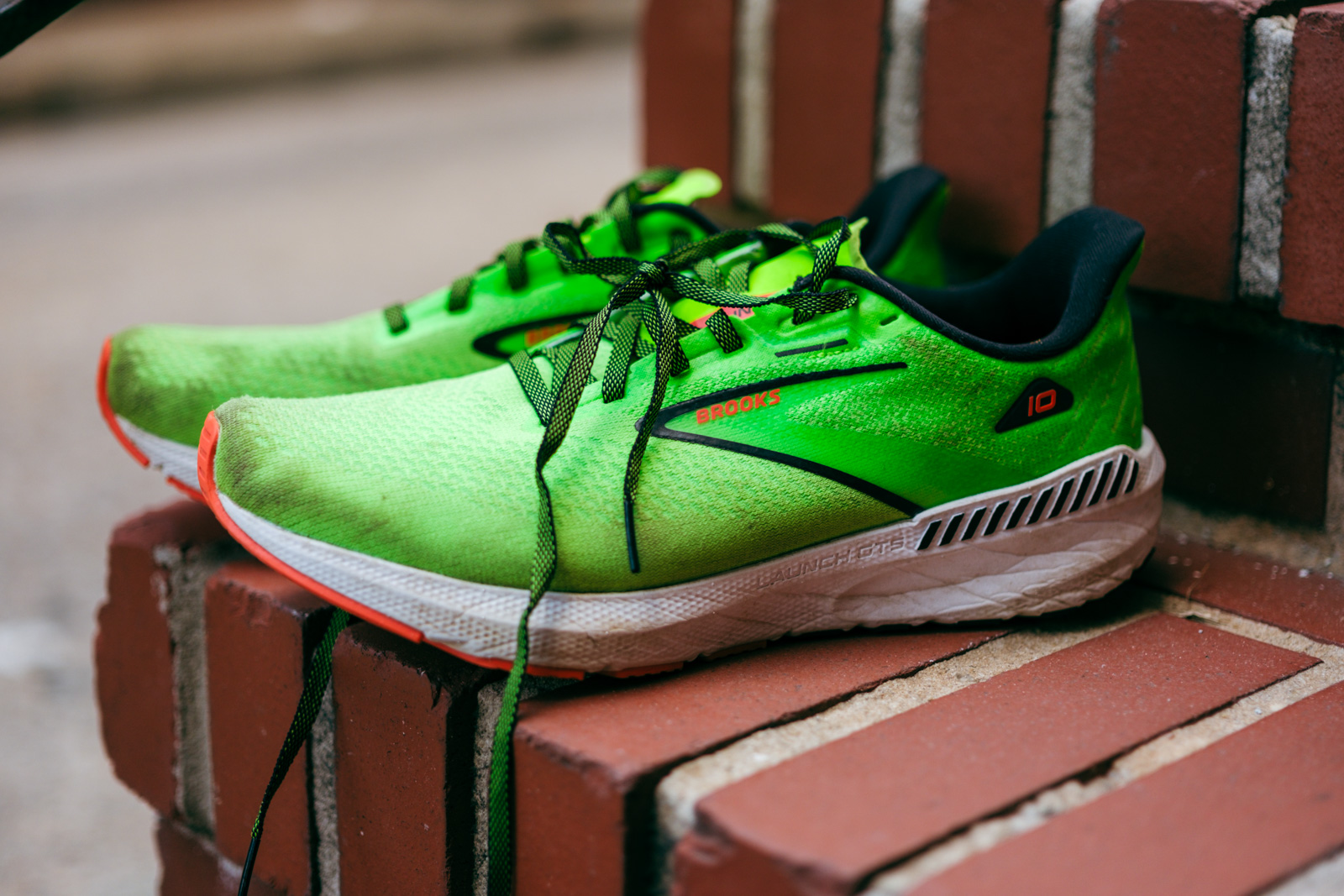
Are they using the same thickness of outsole (1mm?) and kind of rubber that they did on the Artist? The traction on the Artist was good, but boy that outsole wore out quickly.
Mine will be here Saturday. I venture to say that even though this shoe isn’t aggressive or has crappy laces, it will deliver a marathon race time within 60”-2’ of most other models at twice (or more) the cost for us mid pack runners. I’m going to race a 26.2 to prove it coming up. I loved the Artist (x2) for marathon block workouts!
Just did my first run in the Race Model after picking up a Black Friday pair for $84. 24 second PR for my first sub 21 min 5K. Should have bought two pairs. Can’t wait for more/longer ones. Atreyus fit me great – now using base model, base trail and this – all a half size up. Love the shoes, love the brand, and I like the laces on the race model too :-).